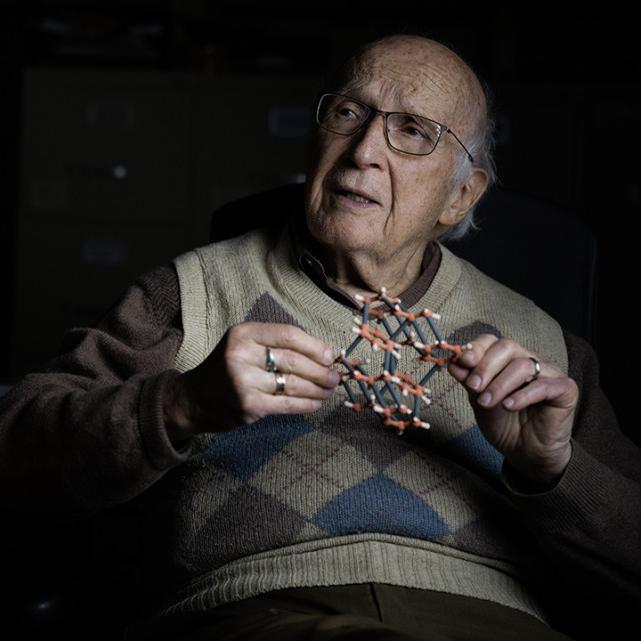Characterizing the Atmospheres of Irradiated Exoplanets at High Spectral Resolution by D. Dragomir, CSI member Nikole Lewis, and colleagues: email: nikole.lewis@cornell.edu
The best-characterized exoplanets to date are planets on close-in transiting orbits around their host stars. The high level of irradiation and transiting geometry of these objects make them ideal targets for atmospheric investigations. However, the modest apertures of many current telescopes allow mostly low resolution spectra to be observed for transiting planets, failing to extract key physical and chemical properties of their atmospheres. Ground-based 30-meter class telescopes will set the stage for a substantial leap in our understanding of exoplanet atmospheres. We outline a two-pronged survey, recently submitted as a Key Science Project (KSP) for the US ELTs, which would yield unprecedented insight into the atmospheres of close-in exoplanets via combined observations with the GMT and TMT. (1) The first opportunity involves measuring the global-scale atmospheric circulation and planetary rotation for a sample of 40 hot Jupiters to glean insight into the unique radiative forcing regime governing highly-irradiated, tidally-locked giant planets. (2) The second opportunity involves measuring atmospheric mass-loss and extracting atmospheric composition and abundance ratio information for ∼60 sub-Neptunes and super-Earths (including candidate disintegrating planets) to constrain their formation and evolution histories. These efforts would be made possible by the unparalleled combination of high spectral resolution instrumentation and large aperture size of the ELTs. This survey would enable the first statistical study of atmospheric circulation in extrasolar giant planets, and would provide detections of trace gases and measurements of atmospheric escape in small-planet atmospheres, far exceeding the reach of JWST.
![]() Nikole Lewis, Astronomy & Planetary Science
Nikole Lewis, Astronomy & Planetary Science





